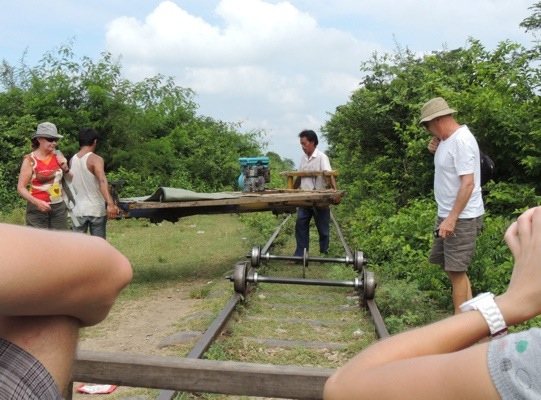Two days are not enough in San Francisco, especially when fretting about how you’re going to get to the out-of-town train station later, and leaving your camera at the VIC, visitor information centre ( I realised within quarter of an hour, and they had put it by).
The drivers are incredibly polite, as they always wave pedestrians who are waiting at cross roads to go over. But I discovered that by law they have to allow pedestrians to cross, very nice, but also probably quite practical when at many cross road all four drivers are on the blind crest of a hill. Having got used to the traffic lights in NZ with their red men, and then bleep, bleep, bleep, when you can cross, I have been staring at the white man on the lights here, and waiting for the bleep! It’s so much easier in Vietnam.
The journey on the Coast Starlight, double decker train, from San Francisco to Seattle takes 22 hours. Unfortunately the average speed is about 35 mph! Having caught it at 10.00 p.m. I didn’t see the stretch that goes along the coast. When I woke up , though, dawn was dawning, so off to the Dining Car, for crab cakes with Hollandaise, and hominy grits for breakfast while traveling through southern Oregon, with mist rising off white and frosty prairie, and the occasional snow covered peak in the back ground.
Later in the morning a volunteer from the museum in a town, that rejoices in the name of Klamath Falls one of the train stops, came on board and talked us through the country side. Its geology, land- marks, history, particularly of the Native people, and wiggle, wiggle, wiggle, up the pass, and though 21 tunnels down again. It was a spectacular part of the trip, with fresh snow at the top of the pass, making the trees look like Christmas cards.
So, dark again now, it’s 6.00 p.m. But at least as it’s really flat, we are going at a decent speed (I wouldn’t call it “a fair lick” though) and nearly at our destination.
This time it is not a mistake that there is no picture, you won’t be surprised to know that I have filled up the space on my iPad, and can’t download anymore!

